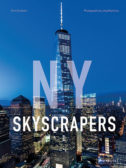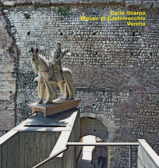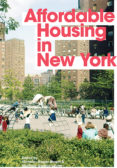Articles by Jayne Merkel
RECORD's annual guide to gifts for colleagues, friends, and supportive clients.
Read More
Spring 2016: RECORD Selects
A roundup of new books, from Hawksmoor to Scarpa, plus monographs of note.
Read More
Affordable Housing in New York: The People, Places, and Policies that Transformed a City
Essays by editors Nicholas Dagen Bloom, Matthew Gordon Lasner, and others discuss the history of the city's housing subsidies from 1900 to the present.
Read More
Gift Guide: Books
RECORD's annual guide to gifts for colleagues, friends, and supportive clients.
Read More
Copyright ©2025. All Rights Reserved BNP Media.
Design, CMS, Hosting & Web Development :: ePublishing



